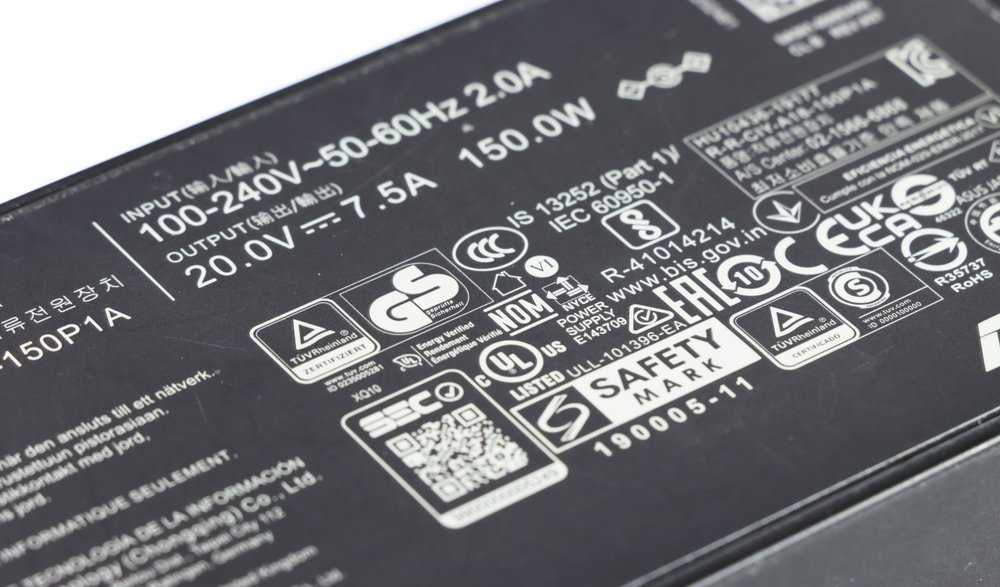Anyone who has ever plugged in an electrical device abroad is familiar with the problem: the voltage in household power grids varies worldwide. In Germany, it’s 230 volts, while in the USA it’s 120 volts. Household electricity simply doesn’t have the same voltage or frequency everywhere. Historically developed structures, early technical standards, and regional peculiarities continue to shape the global mix of alternating current to this day. That’s why many electrical devices often display the specifications: “Input: 100–240 V, 50–60 Hz”.
How the voltage was established globally
In the USA, electrification began with direct current. Thomas Edison initially used relatively low levels of electrical voltage—around 110 volts—as this electrical potential proved suitable for the safe operation of his light bulbs. However, direct current was difficult to transmit over long distances because the losses increased with the length of the transmission line.

This only changed with the introduction of alternating current. This form of electricity, using transformers, facilitated transmission at a higher electrical potential and its reduction shortly before reaching the consumer. In Europe, this offered significant advantages: the resulting low-voltage network could be efficiently supplied with smaller cable cross-sections at around 220 volts. The voltage in Europe was harmonized from 220 V to 230 V to create a common standard for electrical appliances in the EU single market – the new value acting as a compromise between the previous 220 V in continental Europe and the 240 V in Great Britain, without requiring any technical modifications. In the USA, however, the network remained designed for 120 volts – a relic of the Edison era, supplemented by the split-phase system for larger consumers, which also provides 240 volts through two phases.
Frequency as a Global System Characteristic
Europe and the USA differ not only in the voltage supplied but also in the frequency: European networks operate at 50 hertz, while US networks operate at 60 hertz. These values stem from different technical developments of early generators. Since power generators and motors must operate at exactly the same frequency, these values were later virtually impossible to change. Converting entire networks would be technically risky and financially prohibitive.
Three-Phase Power for More Power in the Home
A key feature of European grid technology is three-phase power. This three-phase current comprises three alternating voltages that are phase-shifted by 120 degrees. Standard sockets use one phase with 230 volts, but high-power appliances such as electric stoves or wallboxes can use all three phases in parallel – and thus benefit significantly from a 400-volt connection compared to countries without three-phase power.
International Systems: A Technical Patchwork
Japan impressively demonstrates how much network architecture depends on historical supply chains. The country uses 100 volts nationwide – but two frequencies: 50 Hz in the east and 60 Hz in the west. This is because eastern Japan once acquired generators from Germany (50 Hz) and western Japan acquired generators from the USA (60 Hz). Standardization has not been achieved to this day.
Brazil’s voltage varies between 127 and 220 volts depending on the region. Australia follows the European standard with 230 V and 50 Hz, but has its own plug standards.
Voltage Systems Remain Diverse
Even though power supplies and adapters are more flexible today than they used to be, different voltages, varying frequencies, and diverse plug systems remain part of everyday life. This is because power grids are complex structures that cannot be changed “just like that.” Where electricity flows, there is voltage – and it is the voltage that was decided upon at the beginning of electrification. (KOB)
